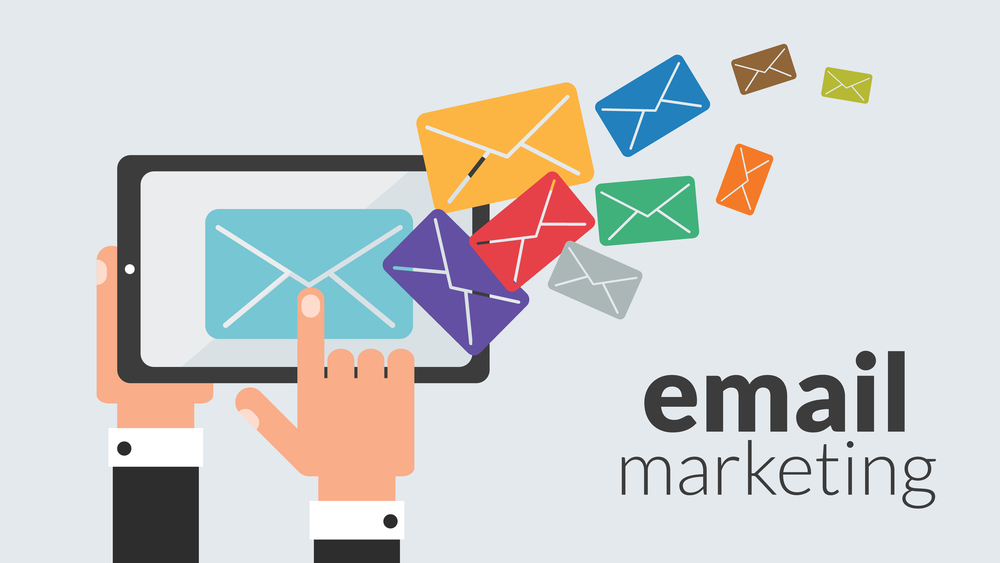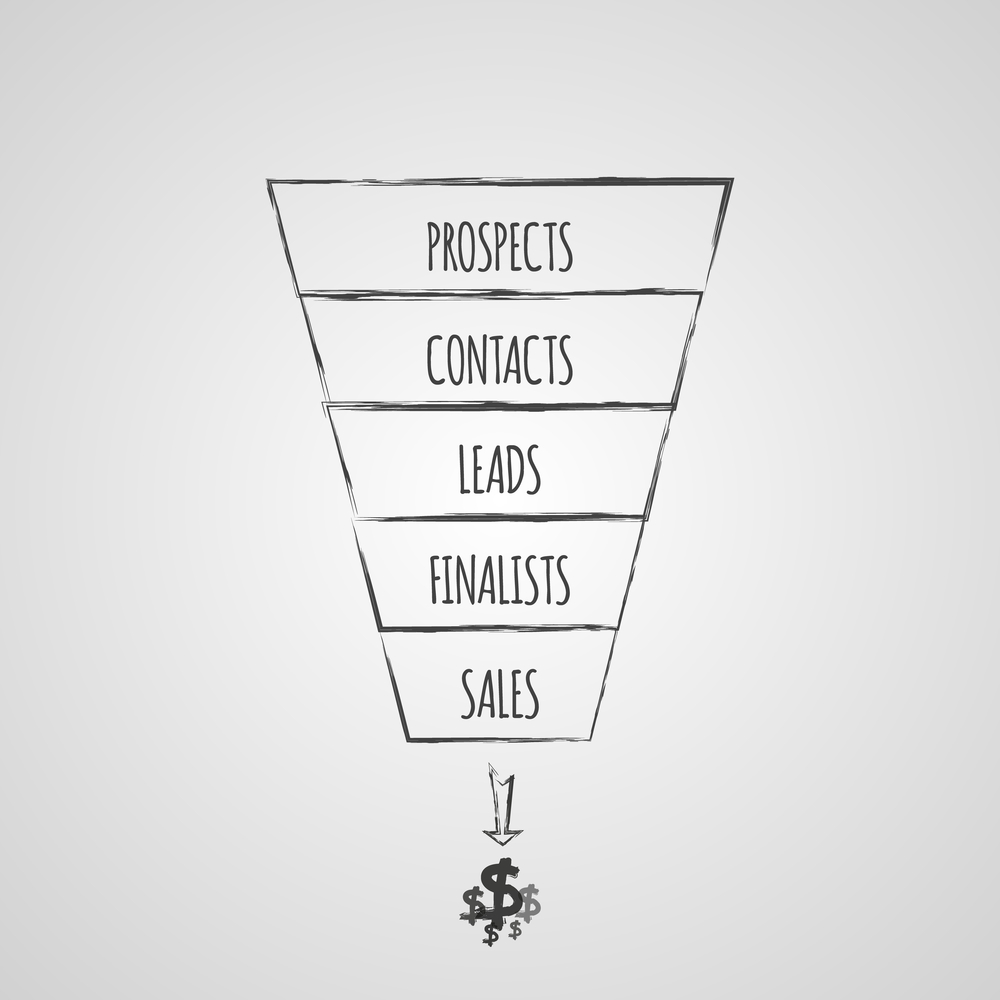Affiliate marketing is an online revenue model that allows you to earn commissions by promoting products or services. As an affiliate marketer, you partner with brands and businesses to drive sales to their products. When you successfully refer customers to those products through your marketing efforts, you earn a percentage of the revenue generated.
Affiliate marketing offers an excellent opportunity to monetize your online presence. If you have a website, social media following, email list, or other digital real estate, you can leverage your platform to generate recurring passive income. Unlike other models that require you to create and sell your own products, affiliate marketing allows you to earn money by promoting other people’s products.
This beginner’s guide will walk you through everything you need to know to get started in affiliate marketing.
What is Affiliate Marketing?
Affiliate marketing is a performance-based marketing model where businesses reward partners who refer customers to them. It allows companies to expand their marketing reach by leveraging influencers, content creators, and publishers.
As an affiliate, you earn commissions by promoting products and driving verifiable sales. Most affiliate programs offer pay-per-sale commissions, but some also include pay-per-click, pay-per-lead, or hybrid compensation models.
Here is a simple step-by-step example of how affiliate marketing works:
- You join an affiliate program for an online retailer like Amazon as an affiliate partner.
- You promote products from that retailer by including affiliate links on your website, social media, YouTube videos, emails, etc.
- Your audience clicks on those links and makes a purchase on the retailer’s website.
- The retailer tracks sales made through your affiliate links using tracking cookies or referral IDs.
- At the end of each period, the retailer pays you an agreed commission on verified sales.
Affiliate marketing creates a win-win scenario. You earn commissions on sales you help generate, while the businesses you promote expand their reach and sell more products.
How Do Affiliates Get Paid?
There are several common affiliate commission structures:
- Pay-per-sale (PPS) – You earn a percentage commission or flat fee each time someone makes a purchase using your affiliate link. This is the most common model.
- Pay-per-click (PPC) – You get paid when someone clicks your affiliate link, regardless of whether they complete a purchase.
- Pay-per-lead (PPL) – You’re paid when a visitor fills out a lead form like an email signup via your affiliate link.
- Hybrid – Combines two or more commission models. For example, a flat fee PPS plus a lower percentage.
Typical affiliate commissions range from 1-30%, but averages are usually between 5-15%. The rate depends on factors like industry, product type, profit margins, etc. Some affiliates earn 6 or even 7 figure incomes!
Commission rates can vary across different products and categories. Digital products like ebooks or software tend to pay higher percentages than physical products.
Most programs pay commissions monthly, but some pay more frequently like weekly or bi-weekly. Payments are typically sent via PayPal or bank transfer.
Now that you understand the basics of how affiliate marketing works, let’s explore some of the benefits of this business model.
Benefits of Affiliate Marketing
Here are some of the top advantages of affiliate marketing:
Low Barrier to Entry
One of the best things about affiliate marketing is that it’s accessible to anyone. You don’t need special qualifications, significant startup capital, or previous experience to get started.
The initial investment is your time and effort. As long as you have a platform to promote affiliate offers, you can hit the ground running. Many successful affiliates run their businesses as solopreneurs or with just a virtual assistant.
Passive Income Potential
Affiliate marketing presents an excellent opportunity to build passive income streams. After you drive traffic to a product, you’ll earn commissions month after month as long as the cookie or tracking ID remains on the prospect’s computer.
You earn money on autopilot from sales made when you’re sleeping or on vacation. Passive income gives you more time freedom to focus on the things you enjoy.
Minimal Risk
There is little financial risk involved with affiliate marketing because you don’t have to create, own, or inventory any products. You simply drive traffic and sales in exchange for commissions.
Most programs are also free to join, so there’s no upfront investment required. The main risk is the time invested in content creation and promotion, but your potential upside is much greater.
Be Your Own Boss
One of the best parts of affiliate marketing is that you get to be your own boss. You have the freedom to choose your hours and work remotely from anywhere with an internet connection.
You don’t have a manager breathing down your neck or tedious meetings to attend. You can take time off whenever you need it.
Unlimited Earning Potential
Your income potential is uncapped as an affiliate marketer. There are no salary ceilings like a 9 to 5 job. The more time you invest, the more money you can make. Top affiliates earn over 7 figures annually.
You can promote any number of affiliate offers across multiple traffic sources. The key is consistently driving a high volume of targeted traffic to scale your earnings.
Now that you know why affiliate marketing is such an attractive business model, let’s look at who it’s suitable for.
Who is Affiliate Marketing Good For?

Affiliate marketing is a highly flexible monetization model. It works for a variety of businesses, organizations, and individuals who have digital assets driving traffic.
Here are some examples of ideal affiliate marketers:
- Bloggers
- YouTubers
- Podcasters
- Influencers
- Course creators
- Website owners
- Newsletter publishers
- App developers
- Niche communities
Essentially, if you have an engaged audience or digital real estate, you can leverage affiliate marketing to monetize it.
You don’t need huge traffic volumes to get started either. You can begin by promoting relevant offers to your initial website visitors or email subscribers. Once you gain experience, you can scale your efforts exponentially.
Now let’s explore some of the top affiliate marketing networks that you can join as a publisher.
Top Affiliate Programs for Beginners
If you’re just starting with affiliate marketing, you’ll need to join some affiliate programs (also called affiliate networks). These are intermediary platforms that connect businesses offering affiliate partnerships with publishers who want to promote offers.
Here are some of the best affiliate programs for beginners:
Amazon Associates
Amazon Associates is the affiliate program by the ecommerce giant Amazon. It offers one of the most popular marketplaces for physical and digital products across all categories. Their 24-hour cookie window gives you a chance to earn commissions even if prospects don’t buy right away.
Highlights:
Free and easy to join
Access to millions of products
Generous commission rates up to 10%
Well-known brand customers already trust
ShareASale
ShareASale has been an industry leading affiliate network for over 20 years. Their platform features over 4,000 merchant affiliate programs. You’ll find offers across categories like fashion, electronics, food, personal finance, and more.
Highlights:
- Simple interface and reportin
- $50 minimum payout threshold
- Average 8% commissions
- Offers many digital info-product
CJ Affiliate
CJ Affiliate (formerly Commission Junction) is one of the largest affiliate marketing networks, specializing in pay-per-sale programs. They work with leading global brands across diverse verticals.
Highlights:
- Free to join and easy account setup
- Access to thousands of affiliate programs
- Strong reputation for on-time payments
- Generates over $2 billion in yearly sales
Rakuten Advertising
Formerly Buy.com and LinkShare, Rakuten Advertising connects publishers with over 1,500 merchant affiliate programs. They’re known for great tech, tools, and support for publishers.
Highlights:
- Access to big name brands
- Solid reputation for great support
- $50 minimum payout
- Easy to navigate platform
Impact Radius
Impact Radius focuses on promoting digital products like SaaS tools, apps, and online courses. They’re a leader in software and SaaS affiliate partnerships. Impact Radius offers real-time tracking and reporting.
Highlights:
- Leading network for software affiliates
- Owned by leading performance marketing agency
- $100 minimum payout
- $5k average order values
This covers some of the best affiliate platforms for beginners based on ease of use, reputation, and variety of offers. Once you gain experience, you can branch out into more specialized networks later.
Now let’s take a look at how to choose your initial affiliate offers as a new marketer.
Choosing Affiliate Products as a Beginner
When you first get started with affiliate marketing, one of the most important steps is choosing which products and services to promote. As a beginner, you want to select affiliate offers based on factors like:
- Affiliate commission rates
- Product appeal and demand
- Your website or audience niche
- Ease of promotion
Here are some types of affiliate products that tend to work well for beginners:
Digital Products
Promoting digital products and online services is ideal when you’re first starting out. These types of affiliate programs usually convert at higher rates and pay larger commissions because they have minimal fulfillment costs and higher profit margins.
Examples include:
- eBooks – Informational digital products are evergreen. Promote ebooks related to your niche.
- Online courses – High ticket info-products convert well and pay generous affiliate commissions.
- Cloud storage – Services like Dropbox or Google Drive pay well. Offer discounts.
- Stock media – Get referral commissions for sites like Envato Elements and Shutterstock.
- Web hosting – Services like Bluehost and SiteGround offer lucrative recurring earnings.
Digital products allow you to earn commissions passively with less effort. You can promote them easily online through your content since no shipping is required.
Physical Products
Promoting physical products as an affiliate can work well too. However, look for items that align with your niche and content focus to maximize relevance.
Consider promoting:
- Books – Amazon offers one of the most popular book affiliate programs. Promote Kindle books or audiobooks.
- Amazon categories – Pick a specific product category on Amazon aligned with your niche. Promote a range of related products.
- Gear and gadgets – Technology is a popular niche. Promote items like fitness trackers, headphones, or video games.
- Beauty and cosmetics – Makeup and skincare are highly promotable. Offer coupon codes.
- Apparel and accessories – Fashion is a huge niche, especially via influencers and style blogs promoting affiliate links.
Focus on higher priced items that offer at least 10-15% commissions to make promoting physical products worth your time as a beginner. Also consider items with good margins.
Services
You can also find great success promoting services as an affiliate marketer, especially for high ticket offers. Service-based programs tend to pay extremely high commissions since there’s no product creation cost.
Service affiliate opportunities include:
- Web hosting – Web hosting affiliate commissions can surpass $100+ for some hosts. These earnings recur monthly as long as your referral remains a customer.
- Cloud storage – Cloud backup services like Carbonite offer lucrative plans. You earn a percentage of any subscription signups.
- Online courses – Digital learning platforms often pay over 50% commission on high-priced programs they offer.
- Freelance services – Sites like Fiverr offer generous affiliate commissions when you refer new freelancers.
- Software as a service (SAAS): Think of tools for conducting webinars or landing page software that builds squeeze pages.
- Coaching programs – Promote high-end coaching or consulting services for commission rates as high as 70-80%.
The key is to assess potential commission rates and look for services with ongoing earnings through recurring subscriptions or renewals.
When you’re first getting started with affiliate marketing, resist the urge to promote too many random products. Carefully select a few affiliate offers that closely align with your website or audience niche.
This allows you to tailor your messaging and content to strategically promote affiliate products to your target demographic. Once you achieve success with your initial offers, you can expand from there.
Next, let’s explore some proven strategies to maximize your affiliate marketing results as a beginner.
Affiliate Marketing Tips for Beginners
Here are some tips to help beginners achieve faster success with affiliate marketing:
Create Dedicated Affiliate Content
Don’t take a scattered approach with your affiliate promotions. Create dedicated content like posts, videos, graphics, and emails designed specifically to promote certain affiliate offers.
For example, if you join the SiteGround affiliate program, write a detailed blog post reviewing their web hosting plans. Make sure to include your unique affiliate links so you get credit for signups.
Promote Affiliate Links Visibly
Place your affiliate links prominently within content. Don’t bury them in paragraphs or hide them in hyperlinked text. Make sure they stand out visually by bolding or highlighting them.
For example:
Here’s my link to claim your FREE trial of Hostinger’s premium web hosting!
Always Disclose Affiliate Relationships
When promoting affiliate offers, you must disclose your financial connection to remain compliant. Be transparent that you earn a commission if readers purchase via your links.
Example disclosure: “This post contains affiliate links. If you make a purchase through these links, I will earn a commission at no extra cost to you.”
Build Multi-Channel Promo Strategies
Don’t limit affiliate link promotion to just your website. Promote them across all your platforms like email newsletters, YouTube, social media posts, online communities, etc.
Repurpose your affiliate content across channels for maximum visibility. Include affiliate links in your social media profiles as clickable links in your bio.
Capture Leads With Affiliate Offers
Convert more sales by offering exclusive discounts, limited-time free trials, or bonuses for signing up through your affiliate link.
For example, promote a coupon code or extended free trial only available to your audience for signing up via your affiliate link. This adds value and boosts conversions.
Promote Affiliate Products Visually
Infographics, images, and videos help you creatively showcase affiliate products versus simple text links.
For example, create a YouTube video reviewing your top Gear for Gamers picks featuring Amazon affiliate links in the description.
Don’t Overwhelm Your Audience
Avoid bombarding your readers with too many affiliate links and recommendations. Spread out promotional content focused on one offer at a time.
For example, dedicate a blog post to reviewing one web hosting company instead of cramming five comparisons into one post.
Monitor Performance Continuously
Analyze affiliate program reports to see which links are performing best. Double down on promoting top converting offers. Replace underperforming links with new products.
Continuously test new offers against existing ones. The more data you gather, the better you’ll get at optimization.
Success with affiliate marketing requires an iterative approach where you constantly refine your promotional strategies based on performance data. By following these tips, you’ll be off to a great start as a beginner affiliate marketer.



